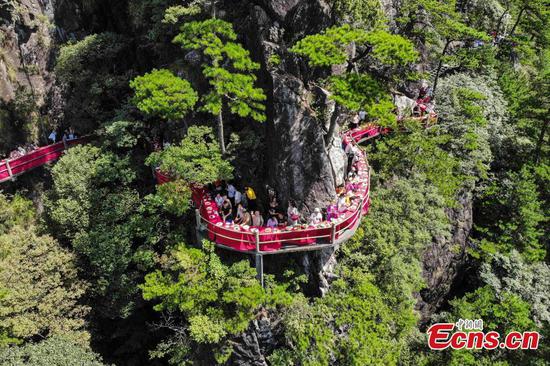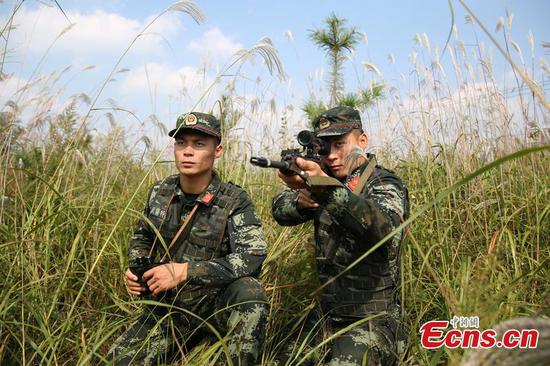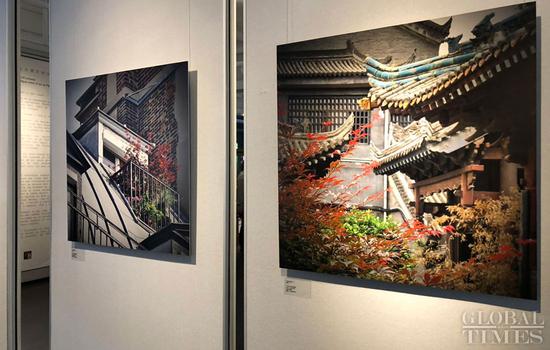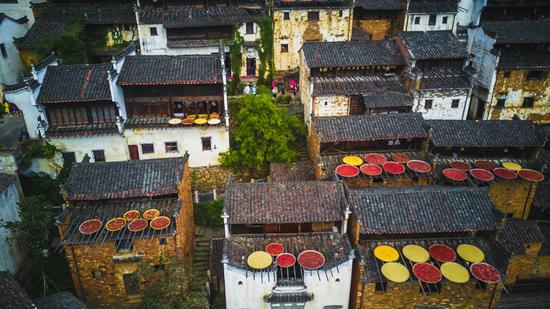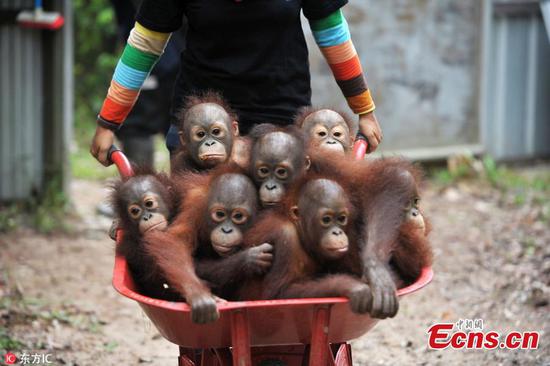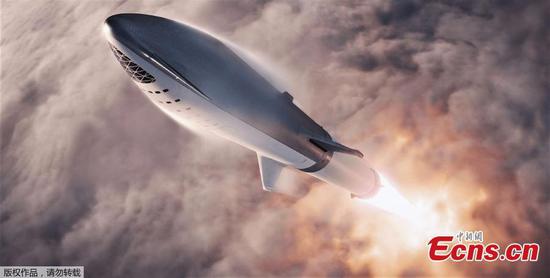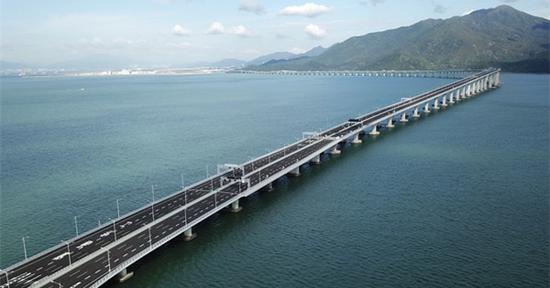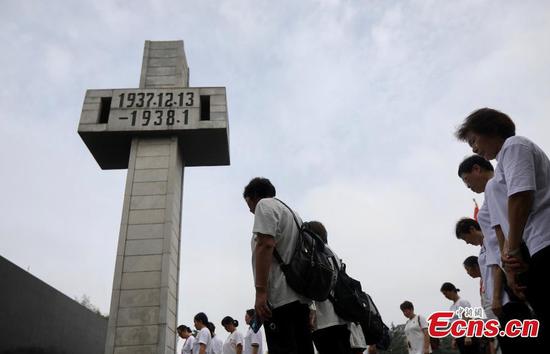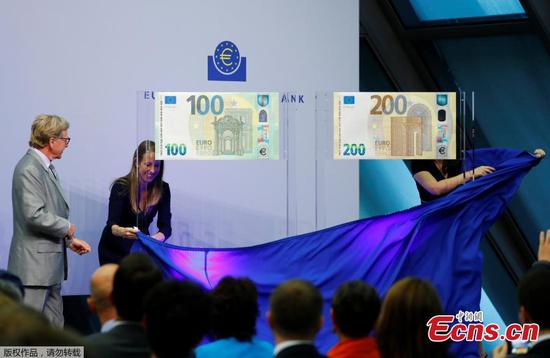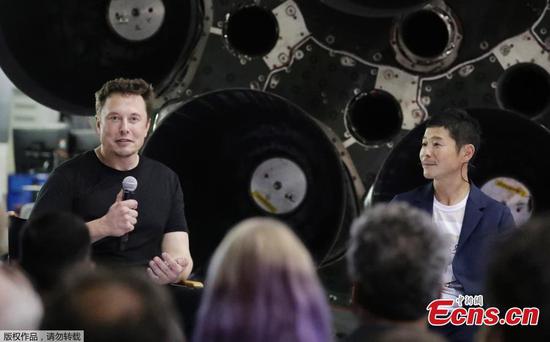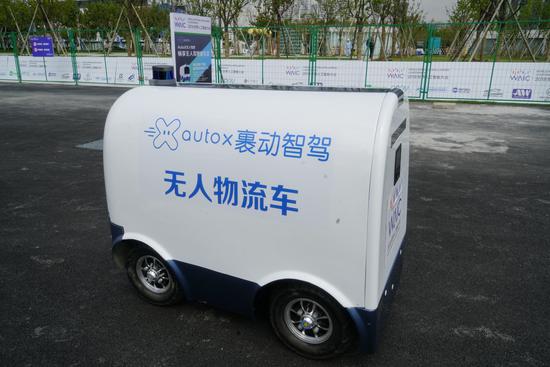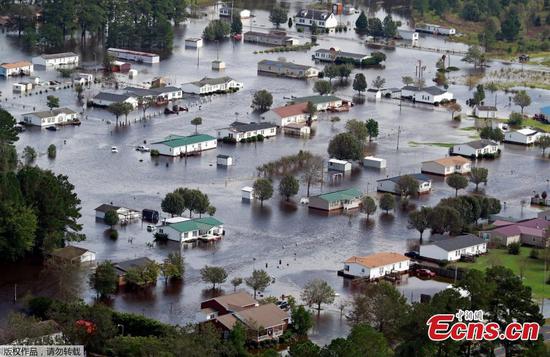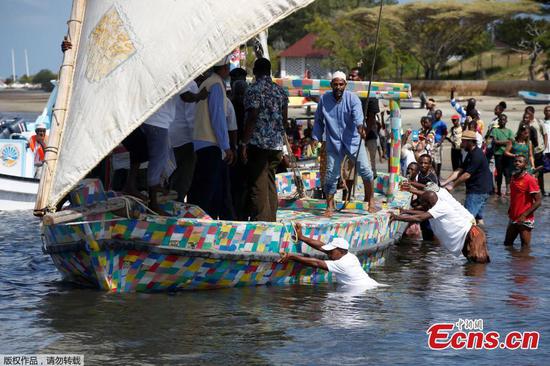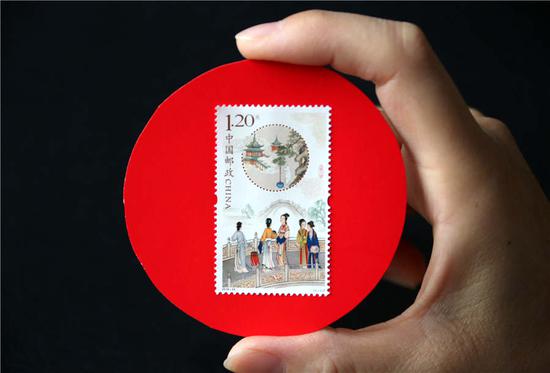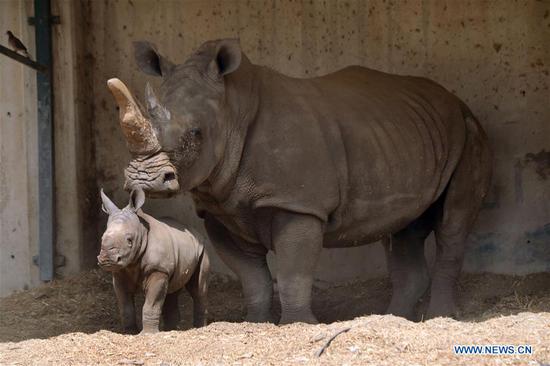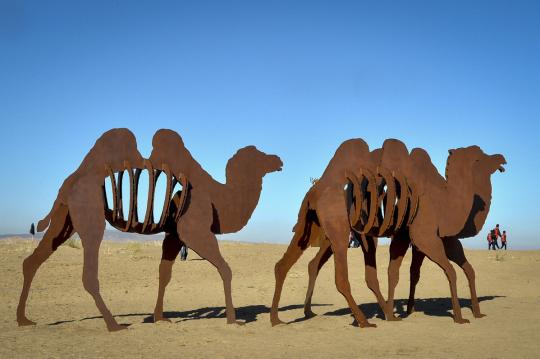
Sculptures stand out against the harsh desert background at an outdoor exhibition in Wuwei, Gansu province, on Aug 22, 2018. (Photo/Xinhua)
BRI offers mutual benefits, says head of NDRC
China will manage well the financial risks in projects related to the Belt and Road Initiative as the initiative is designed to benefit all parties involved, according to officials and financial experts.
"The fundamentals to promote the initiative are to make sure it can be a mutual learning experience and mutually beneficial," He Lifeng, head of the National Development and Reform Commission, said during the annual World Economic Forum in Tianjin on Wednesday.
Since the initiative was launched in late 2013, China has signed 150 cooperation documents with 106 countries and 29 international organizations.
More than $86 billion has been invested in parties involved in the BRI, and 82 economic and trade development zones have been built. The initiative has created more than 240,000 local jobs, according to He.
As the BRI continues to expand in scope, so do concerns over financial challenges, as China has issued infrastructural loans to some poor developing countries that are heavily in debt, creating potential for debt-sustainability problems for these nations.
For instance, the International Monetary Fund has warned that Djibouti, a nation involved in the initiative, faces a high risk of debt distress as its debt jumped from 50 percent of GDP in 2014 to 85 percent in 2016.
Ning Jizhe, vice-chairman of the NDRC, said some countries' debt problems were their own, old debt problems, and should not be associated with the BRI.
"China has been consolidating debt management and has been very careful about conducting thorough analysis of every infrastructure project that involves loans from China," he said.
"The Belt and Road Initiative is not a Chinese Marshall Plan," said Hong Kong Exchanges and Clearing Chief Executive Charles Li Xiaojia.
That means the initiative does not offer a free lunch - money poured in is not financial aid, but looks to get reasonable returns, according to Li.
He said there should be a sustainable financing scheme. The interests of destination nations should be tied with the interests of the payers. Otherwise, some may lack motives to repay debt, heightening debt risks.
While government funds are capable of playing a key role at the beginning to promote the initiative, more sustainable finance and private investment are needed to support the development of the BRI, he added.













